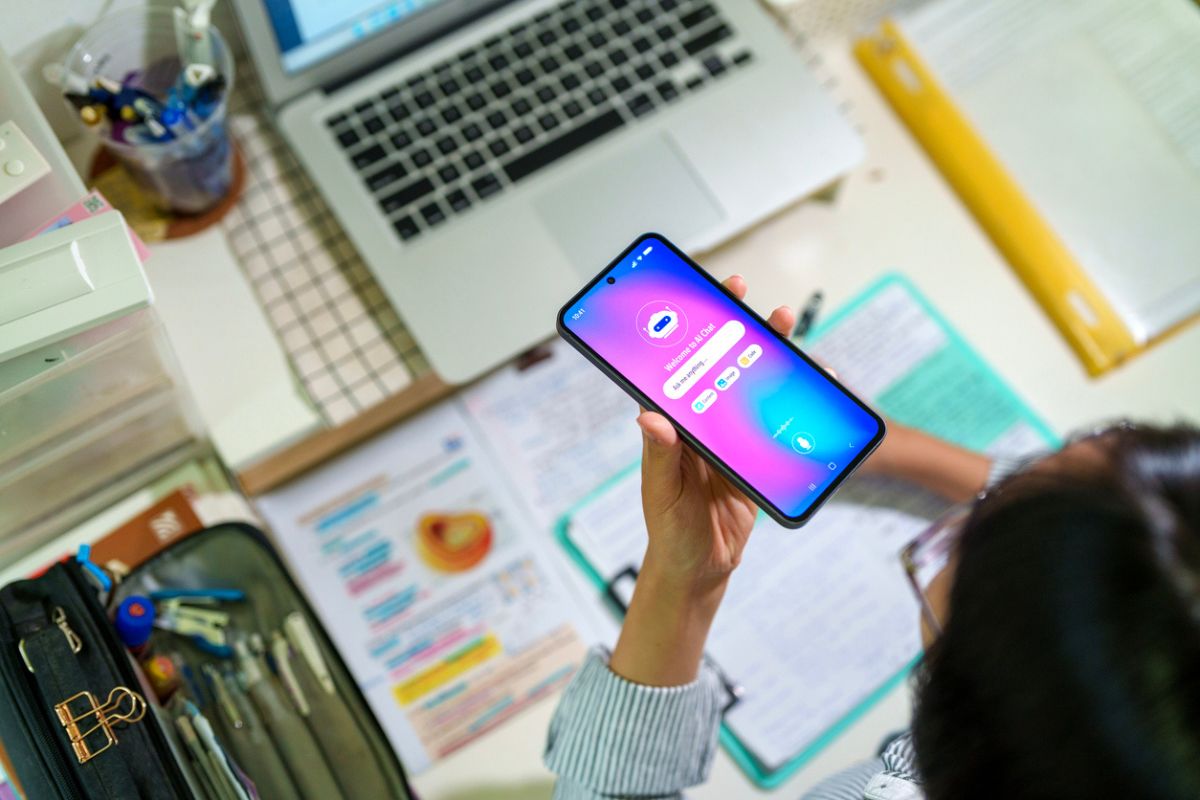Without even noticing, most of us have become fluent in a whole new language: emoji. We’ve become adept at deciphering the hidden meaning behind an upside down face, a skull, or even a seemingly innocuous frog.
But do these increasingly popular holdovers from the 1990s boast any deeper meaning? And do they determine how we connect with one another? A new University of Texas-Austin study shows that maybe they do. And their influence is surprisingly strong.
Published in PLOS One, the study explores how emoji mold our perceptions of responsiveness, likability, closeness, and relationship satisfaction in text-based communication. Apparently, they aren’t just cute text supplements. They’re communicative catnip.
Emoji as Nonverbal Substitutes
The study, led by UT researcher Eun Huh, studied the responses of more than 250 participants to 15 simulated text conversations between close friends. Some of the messages were plain text. Others paired the exact same text with carefully selected emoji — either facial (like 😊 or 😢) or non-facial (think 🎉 or 🍔).
Participants rated each message exchange based on factors such as responsiveness, likability, closeness, and relationship satisfaction.
Based on social information processing theory, Huh suggests that digital cues — even outwardly unimportant ones — can act as surrogates for a face-to-face conversation. Emoji, she contends, don’t just dress up text exchanges. They help humanize them.
Responsiveness Is Everything
The TL;DR? The participants consistently rated messages with emoji as more responsive than those without them. As a result, that perceived responsiveness, in turn, informed how close the participants felt to the sender and how happy they were with the overall relationship.
But there’s a little more to it than that. While responsiveness boosted perceived likability, the direct link between emoji and likability didn’t move the needle statistically. Instead, emoji-enhanced responsiveness acted as a facilitator. You might not like someone because they sent you a 😂, but you might like them a little bit more if it resonates with you.
Defying expectations, Huh found no meaningful difference between face emoji and non-face ones. Both equally enhanced perceptions of responsiveness, closeness, and satisfaction. So whether it’s an old school smiley face or a suggestive peach, the act of sending anything at all appears to matter more than the emoji itself.
Methodology
Huh worked with (mostly white male) participants she sourced from Amazon Mechanical Turk, who were between 23 and 67 years old. She randomly showed them either emoji-laced or emoji-free replies and asked to rate each interaction on a series of established social scales.
Huh also controlled for variables such as age, gender, and how often participants use emoji in their daily lives. And none of those factors significantly influenced how emoji shifted perceptions.
Why It Matters
Huh discovered that, in short, emoji increased perceived responsiveness, which increased feelings of closeness, likability, and satisfaction. This persisted even when emoji use itself wasn’t tied directly to likability or closeness. It’s responsiveness that matters.
Most of us (and younger generations in particular) rely almost exclusively on texts to communicate with our peers. And dropping an emoji in the middle of a text conversation might be the closest thing to a smile or a hug. This study posits that something as simple as a ❤️ can help maintain — or even strengthen — our digital relationships.
Overall, the study adds to a deeper understanding of how digital cues play a role in human relationships. Emoji aren’t just linguistic eye candy. They operate as emotional indicators. And while they can’t gloss over every text faux pas, they can help make a message feel more personal, attentive, and warm.
Further Reading
Study Shows People Read Emojis Differently



